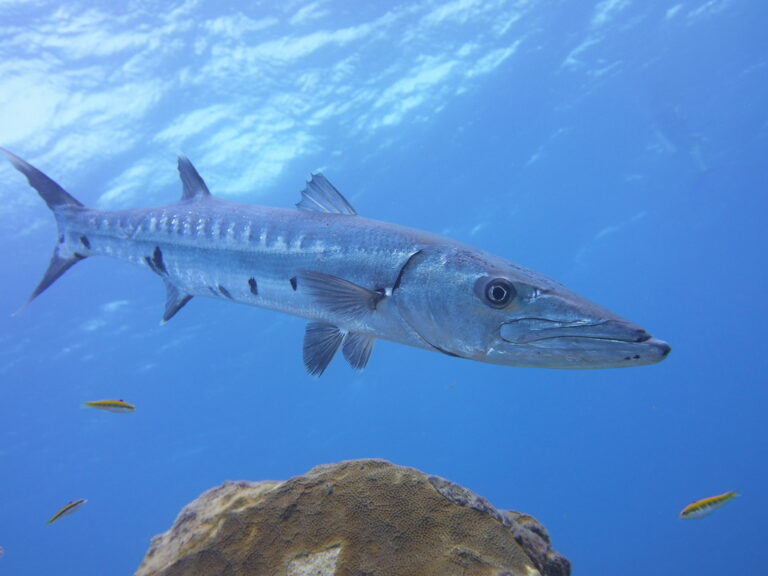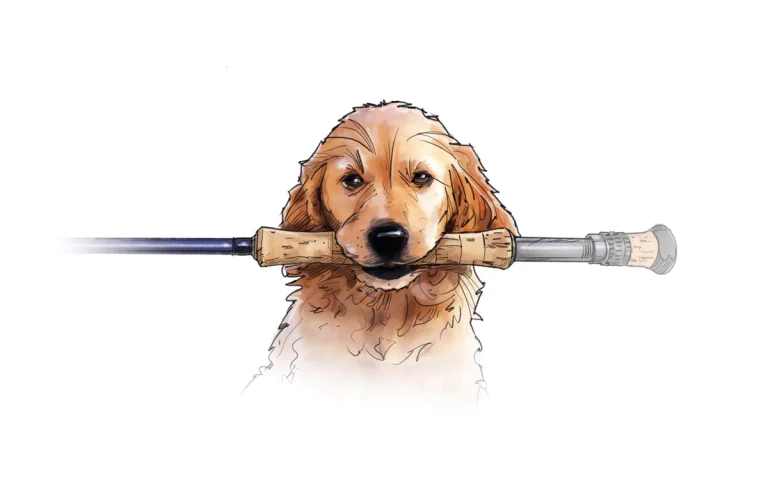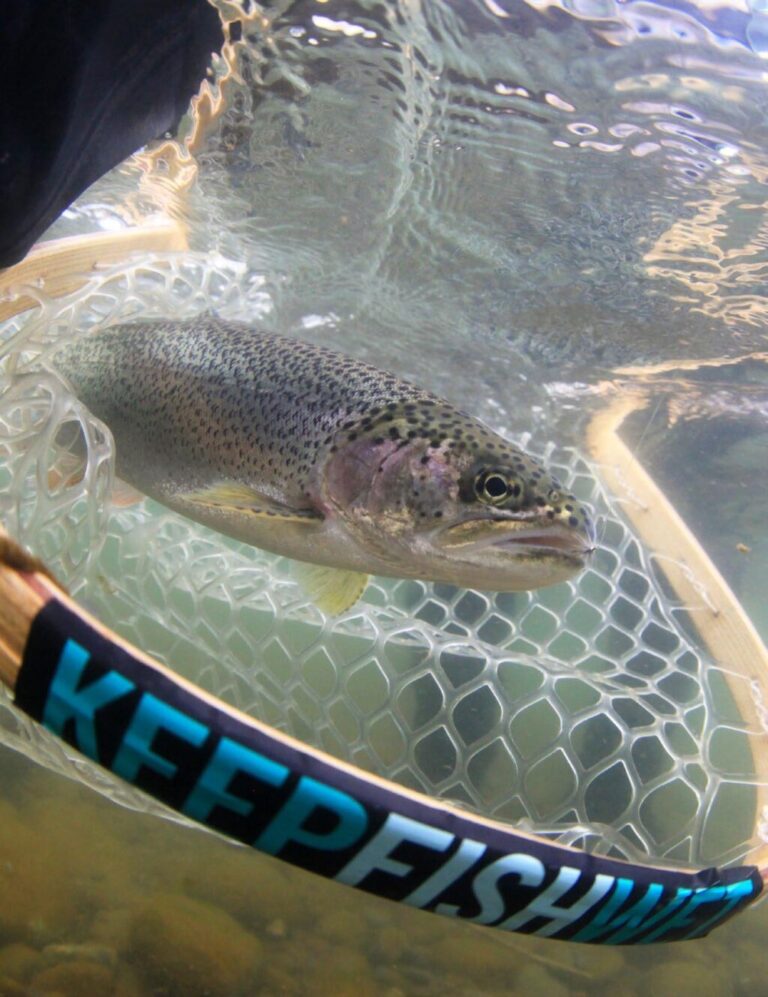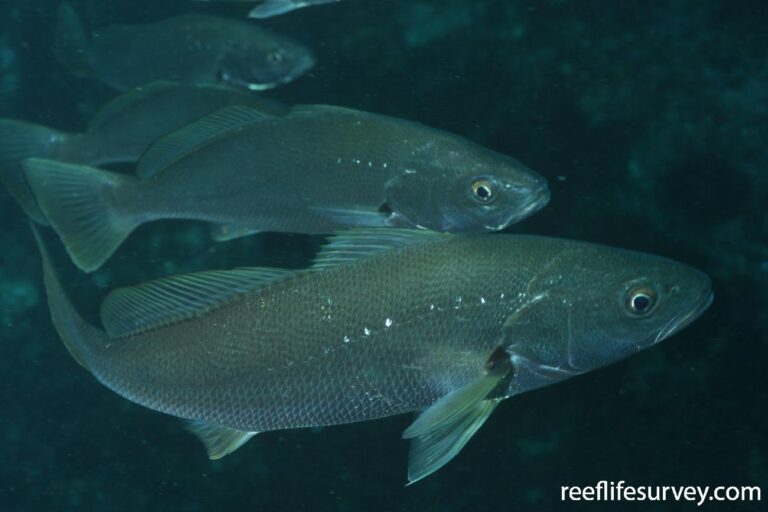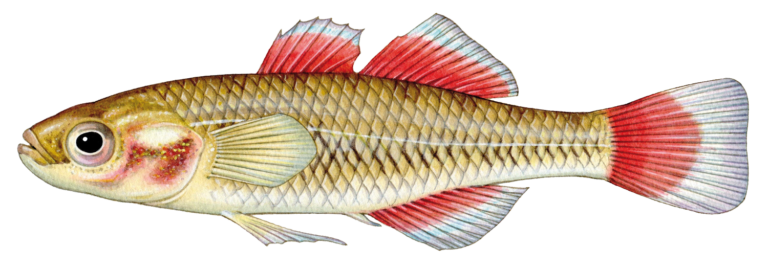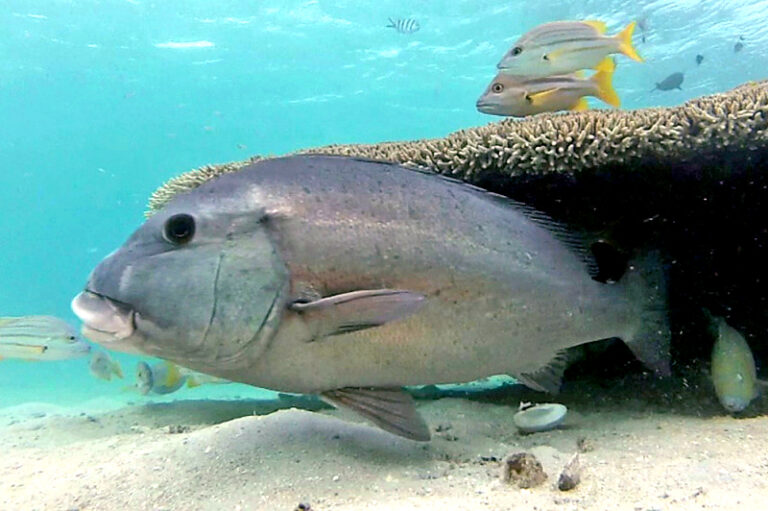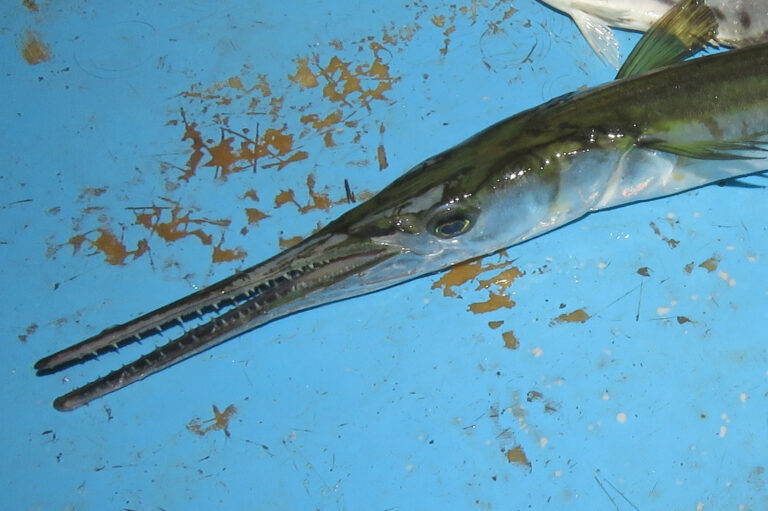Silver Drummer

According to both the Australian Museum and Wikipedia the Silver Drummer grows to about 80cm in length and a maximum weight of 1.1kg, however a Queensland spear-fisherman has officially recorded a 6.8 kg specimen. There are also several photographs on…
